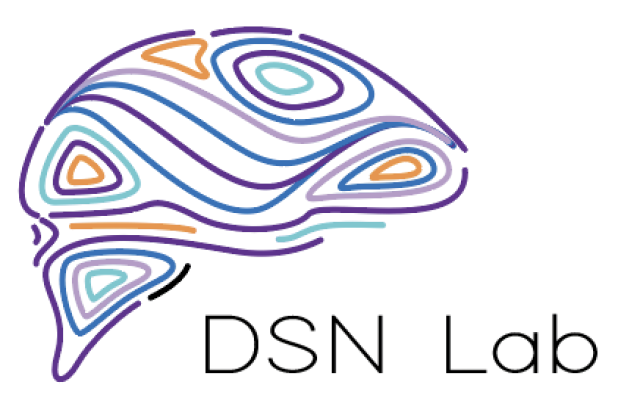ARCS fMRI Database
The Adolescent Reactivity, Control, and Social Processes (ARCS) fMRI Database brings together neuroimaging data on mental processes especially relevant to adolescent behavior, and provides metadata to facilitate fine grained exploration and synthesis. Our goal is to allow comprehensive summaries of evidence regarding the development of – as well as boundaries and associations between – neurocognitive systems that directly impact adolescent health and well-being.
Inclusion Criteria
Studies must meet all of the following minimum criteria below for inclusion.– Imaging modality: fMRI (including task-based functional connectivity).– Task domain: affective or appetitive reactivity (e.g. emotion viewing, monetary reward), self-control (e.g. inhibitory control, emotion regulation, temporal discounting), and/or social processes (e.g. mentalizing, self-evaluation).– Population: must include typically developing adolescents. The start of adolescence may be defined by chronological age (10+ years), and/or the onset of puberty (Tanner stage II and higher, which may be approximated by self-reported pubertal development). For the purposes of this database, we will mark the end of adolescence at 18 years. Note that studies can but do not need to span multiple subgroups within adolescence or include child/adult comparison groups. Studies with an adult comparison group that assess emerging adulthood (18-25 years) will be coded separately from studies with an older adult comparison group (25+ years).– Statistics: whole-brain group-level main effects reported independently for all age groups tested (ROI analyses are insufficient).
How to Contribute
Provide Whole-Brain Data
To upload whole-brain, random effects statistical maps for group-level main effects, please use our guide for uploading your maps to NeuroVault. Providing whole-brain data is vastly more informative for the field, and preferred whenever possible – even if publications from the study only reported ROI analyses.
Provide Data Tables
To upload tables with whole-brain main effects coordinates or other data, please use the form below and upload them directly.
How is this different from what Neurosynth does?
The ARCS fMRI database provides human-coded, contrast-specific associations between neural activity and task properties. For example, within a study, some coordinates might be associated with the anticipation of reward, and others with reward receipt. In addition, the ARCS database includes study-specific information about age-range and gender composition. All of this allows for more fine-grained and developmentally-informed (e.g., age specific) kinds of analysis than are currently possible in Neurosynth.
Future integration with Neurosynth and NeuroVault
We already make use of a tool forked from Neurosynth’s code base to automatically extract coordinates from online articles. In the future, we hope to present the human-guided statistic-term associations using Neurosynth’s framework, and to provide a way to add contrast-specific tags to NeuroVault repository meta-data.
